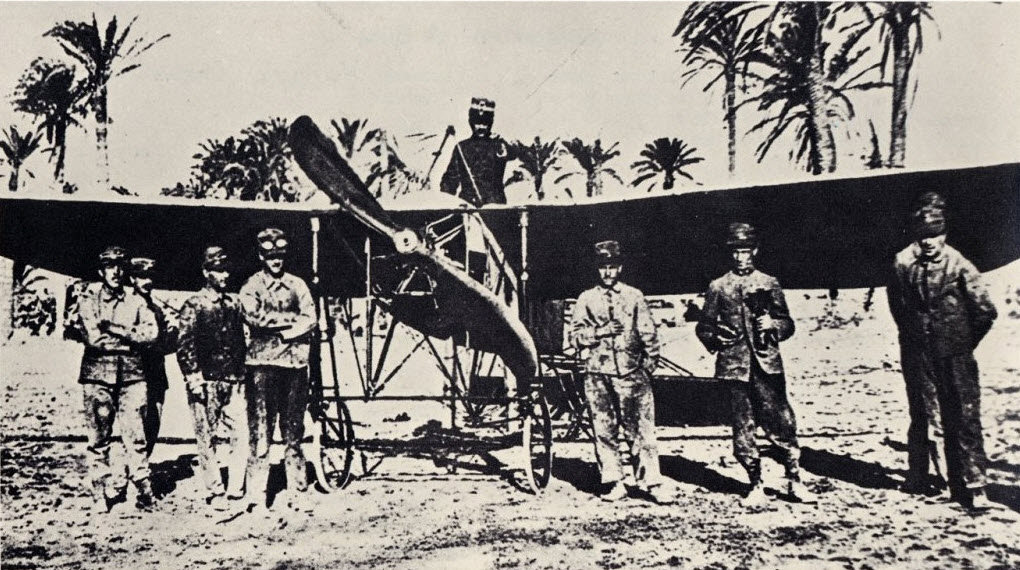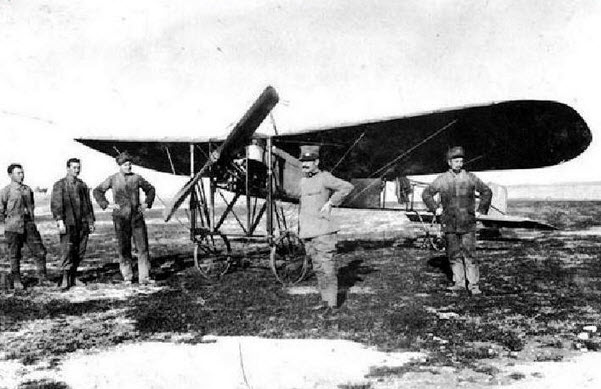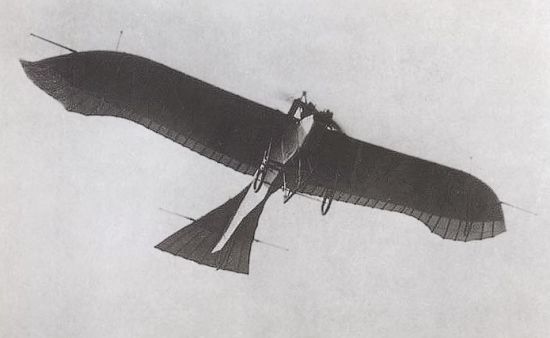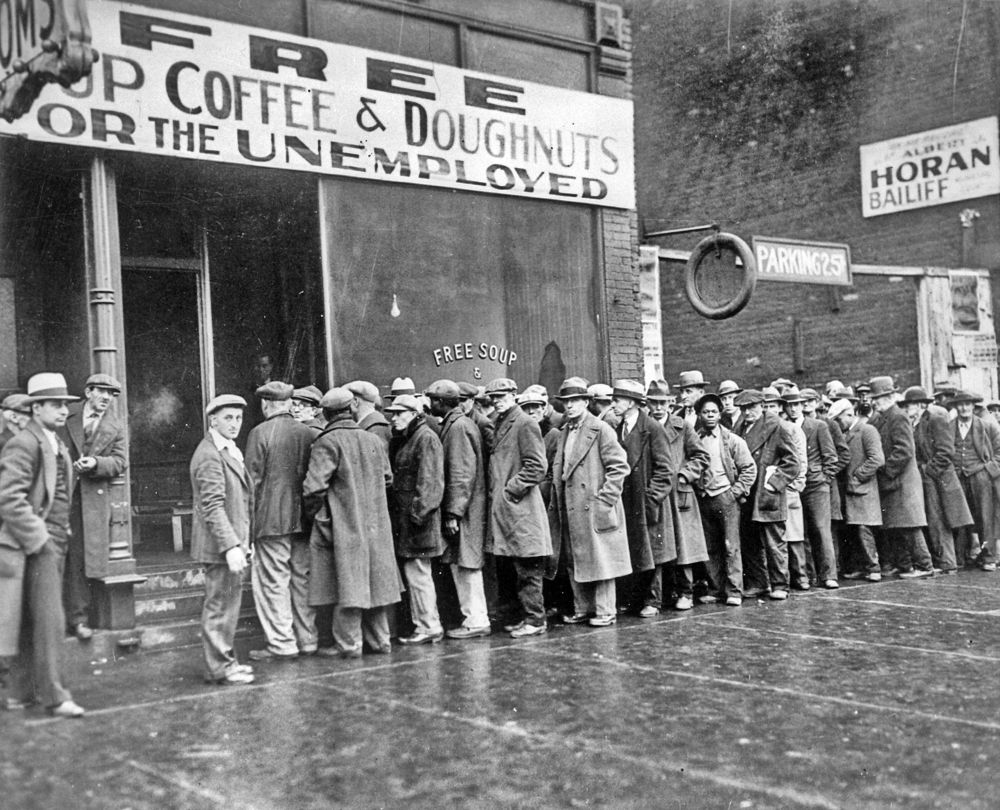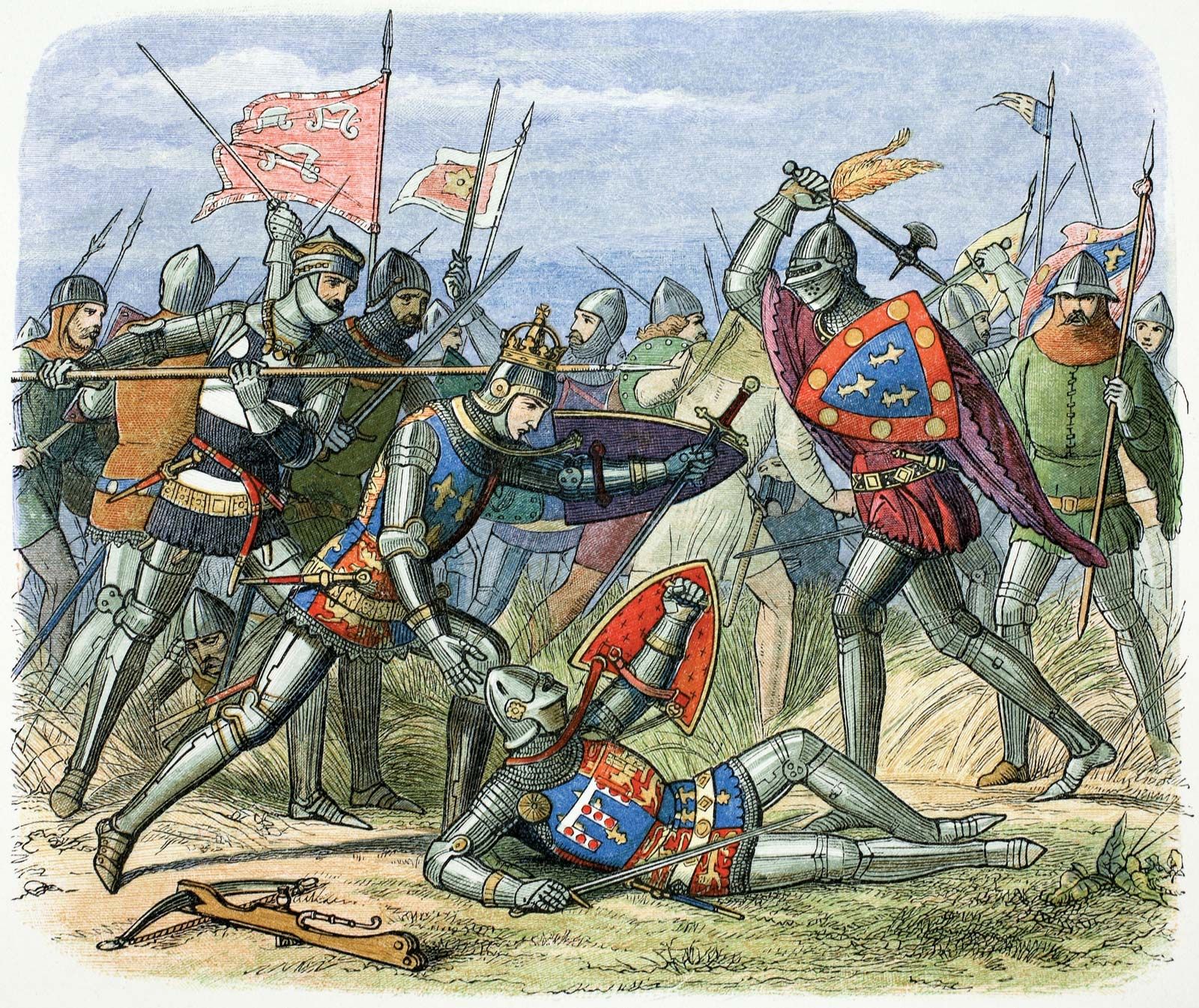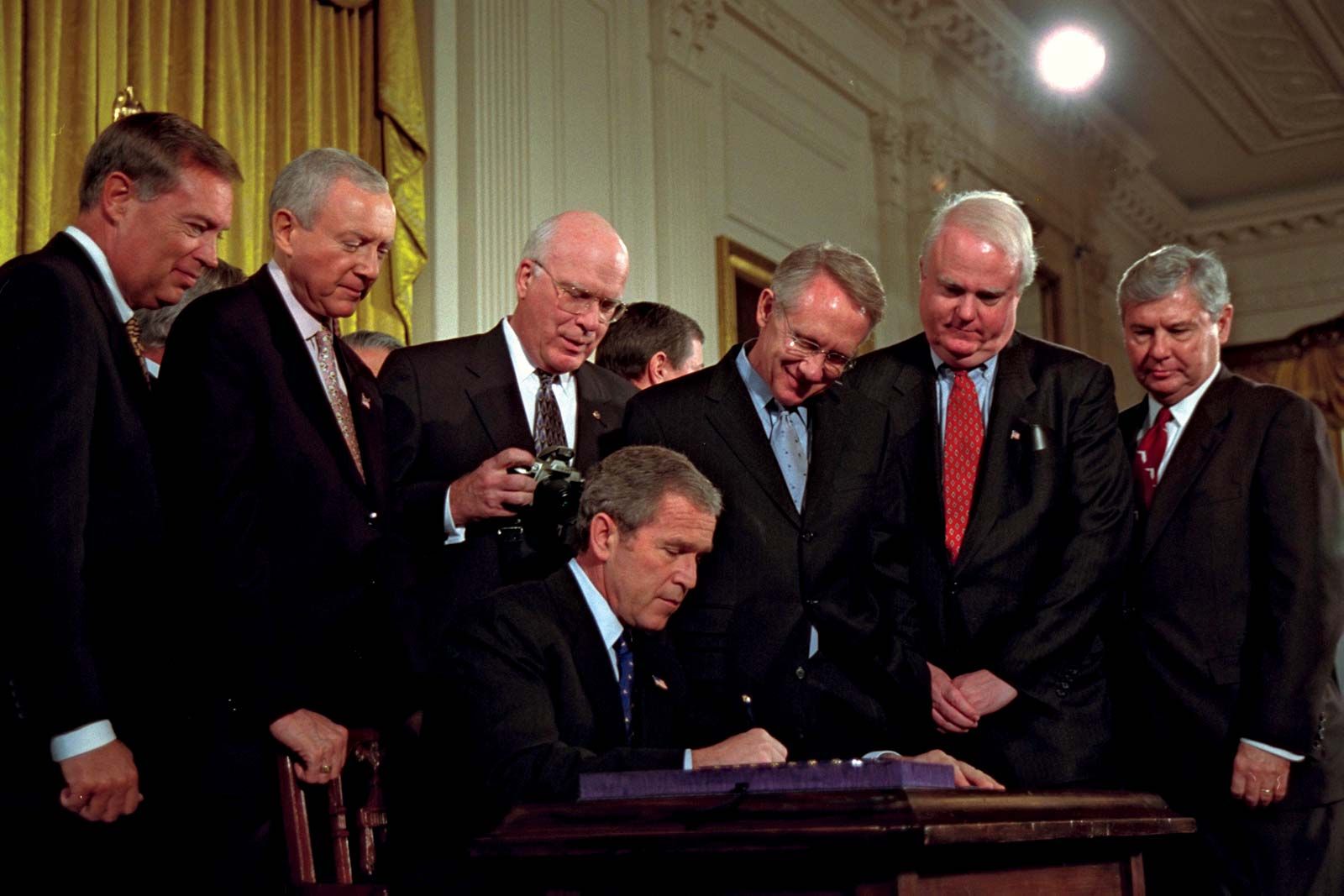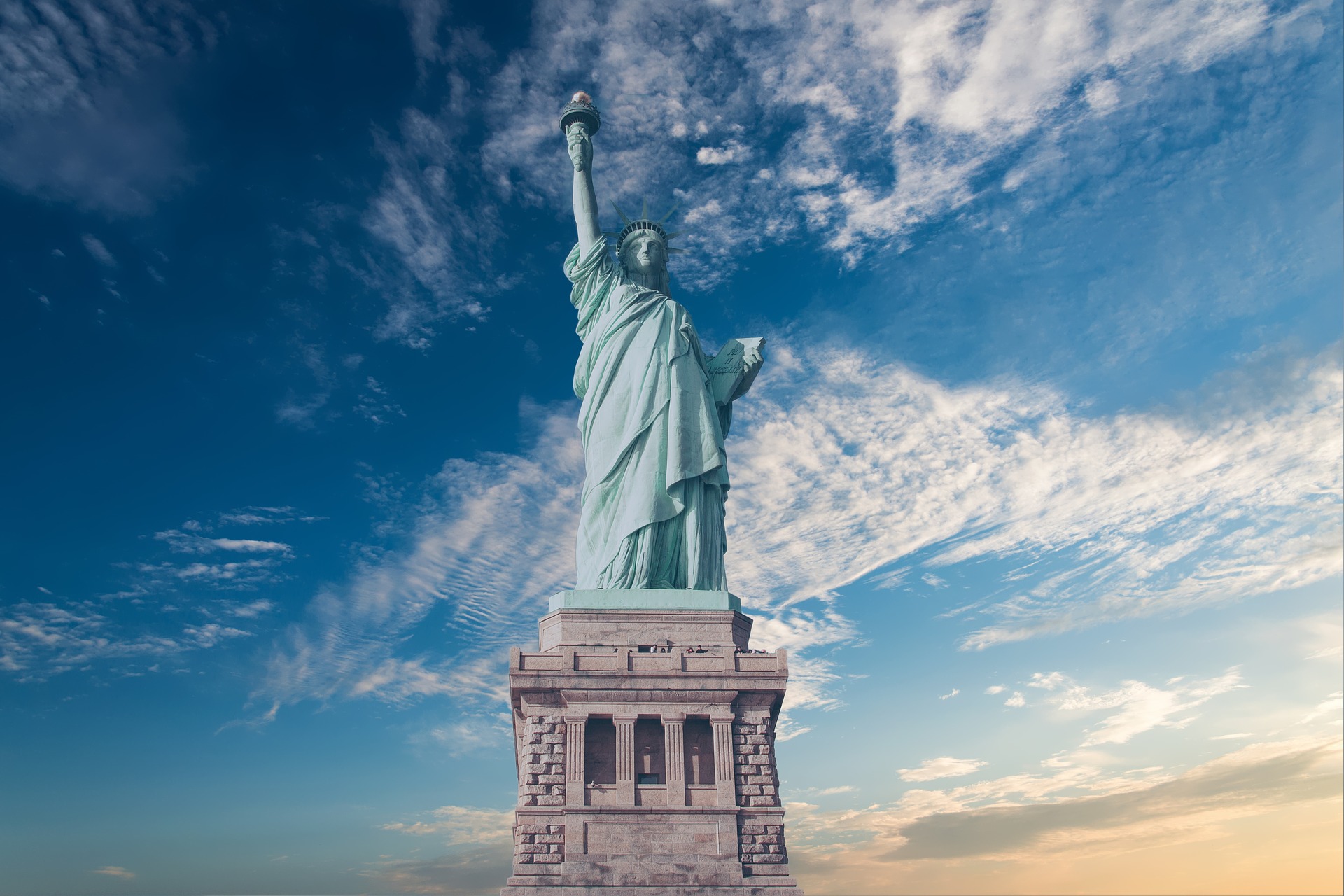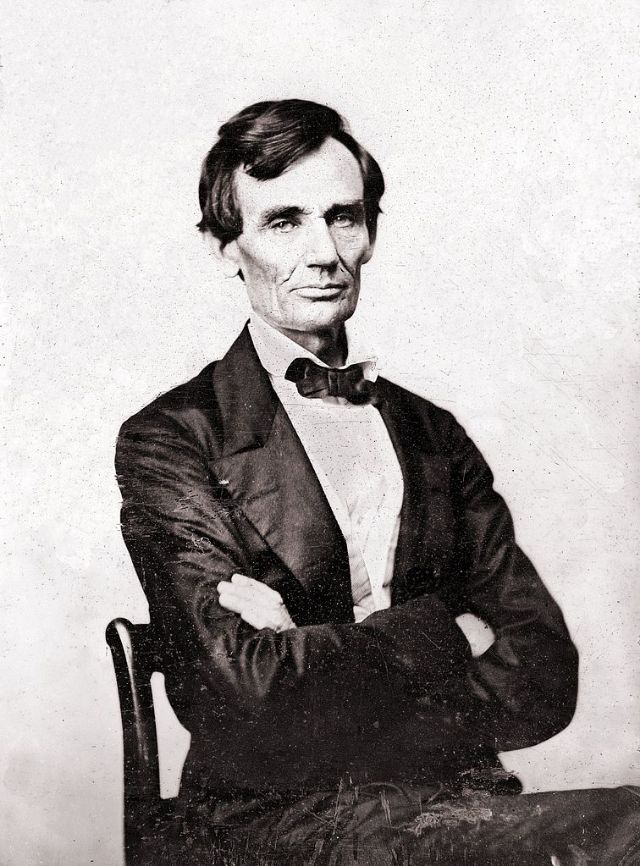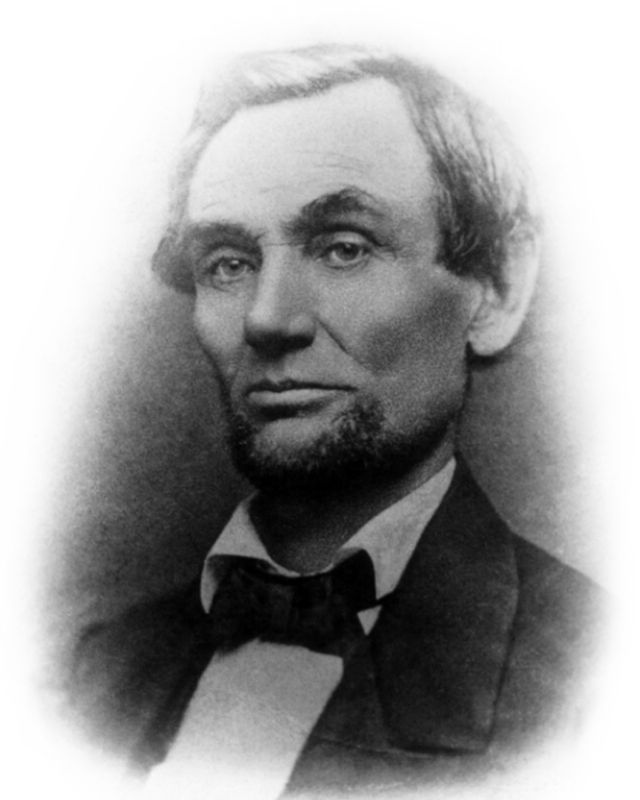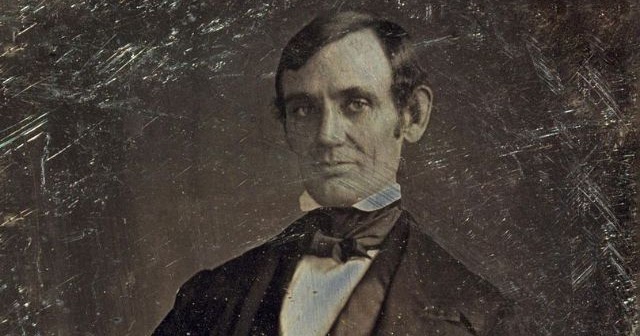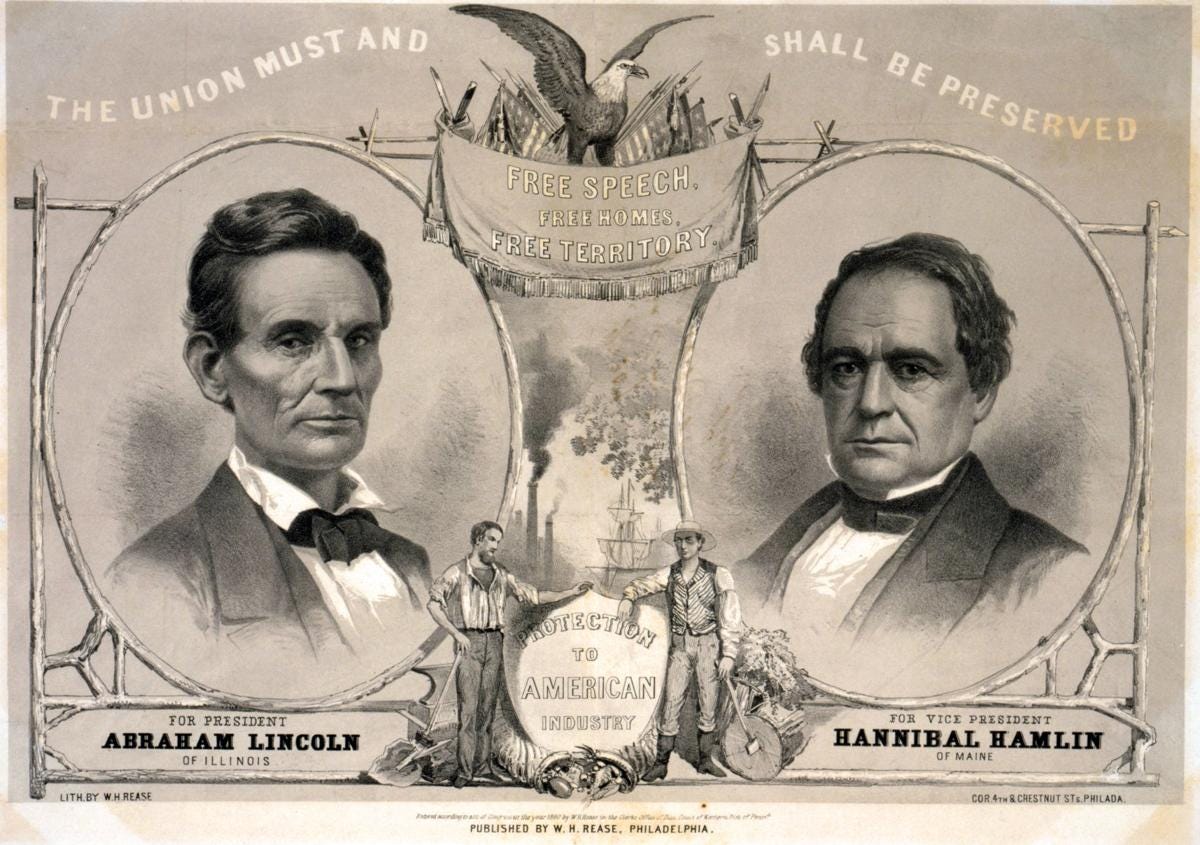Today in Internet History:
The first-ever computer-to-computer link was established on ARPANET (Advanced Research Projects Agency Network), the precursor to the Internet, on October 29, 1969.
Originally funded by ARPA (Advanced Research Projects Agency), now DARPA, within the United States Department of Defense, ARPANET was to be used for projects at universities and research laboratories in the US. The packet switching of the ARPANET was based on designs by British scientist Donald Davies and Lawrence Roberts of the Lincoln Laboratory.
Initially, ARPANET consisted of four interface message processors (IMPs) at:
the University of California, Los Angeles, which had an SDS Sigma 7 as the first computer attached to it;
the Stanford Research Institute’s Augmentation Research Center, where Douglas Engelbart is credited with creating the NLS (oN-Line System) hypertext system, with an SDS 940 that ran NLS being the first host attached;
the University of California, Santa Barbara with the Culler-Fried Interactive Mathematics Center’s IBM 360/75 running OS/MVT being the machine attached;
and at the University of Utah’s Computer Science Department, which had a DEC PDP-10 running TENEX.
The first message on the ARPANET was sent by UCLA student programmer Charles S Kline at 10:30 pm on October 29, from the campus’ Boelter Hall to the Stanford Research Institute’s SDS 940 host computer.
The message text was meant to be the word “login,” but only the L and O were transmitted before the system crashed.
An IMP log excerpt kept at UCLA that describes setting up a message transmission from the UCLA SDS Sigma 8 host computer to the SRI SDS 940 host computer. The initials “CSK” to the right stand for Charles S Kline.
About an hour after the crash, the system was recovered and a full “login” message was sent as the second transmission.
The first permanent ARPANET link was established weeks later on November 21, 1969, between the IMP at UCLA and the IMP at the Stanford Research Institute. By December 5, 1969, the entire four-node network was established.
By 1975, ARPANET was declared “operational” and the Defense Communications Agency took control of it. In 1983, ARPANET was split with US military sites on their own Military Network (MILNET) for unclassified defense department communications. The combination was called the Defense Data Network.
ARPANET was formally decommissioned on February 28, 1990. Well-known computer scientist and a “father of the Internet” Vinton Cerf wrote “Requiem of the ARPANET” in honor of the system:
It was the first, and being first, was best,
but now we lay it down to ever rest.
Now pause with me a moment, shed some tears.
For auld lang syne, for love, for years and years
of faithful service, duty done, I weep.
Lay down thy packet, now, O friend, and sleep.

www.marinecorpstimes.com

news.usni.org


